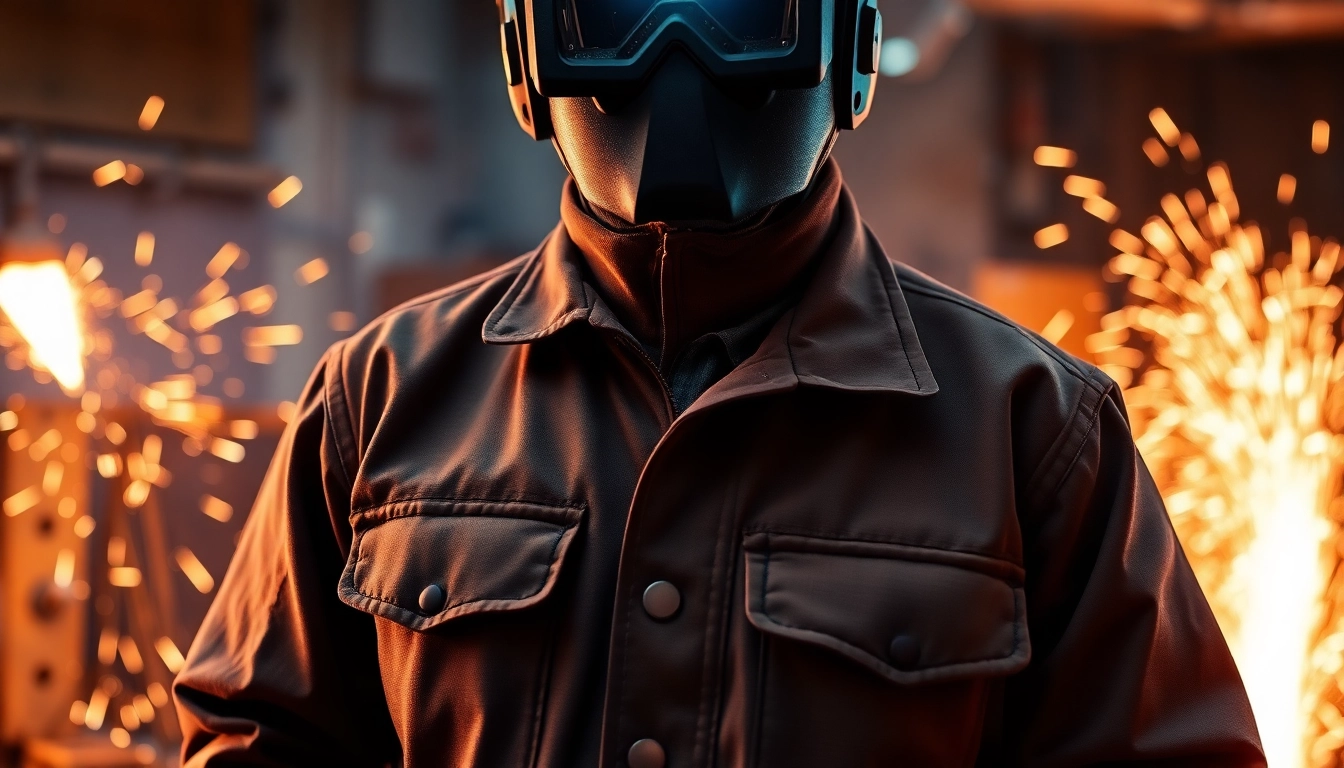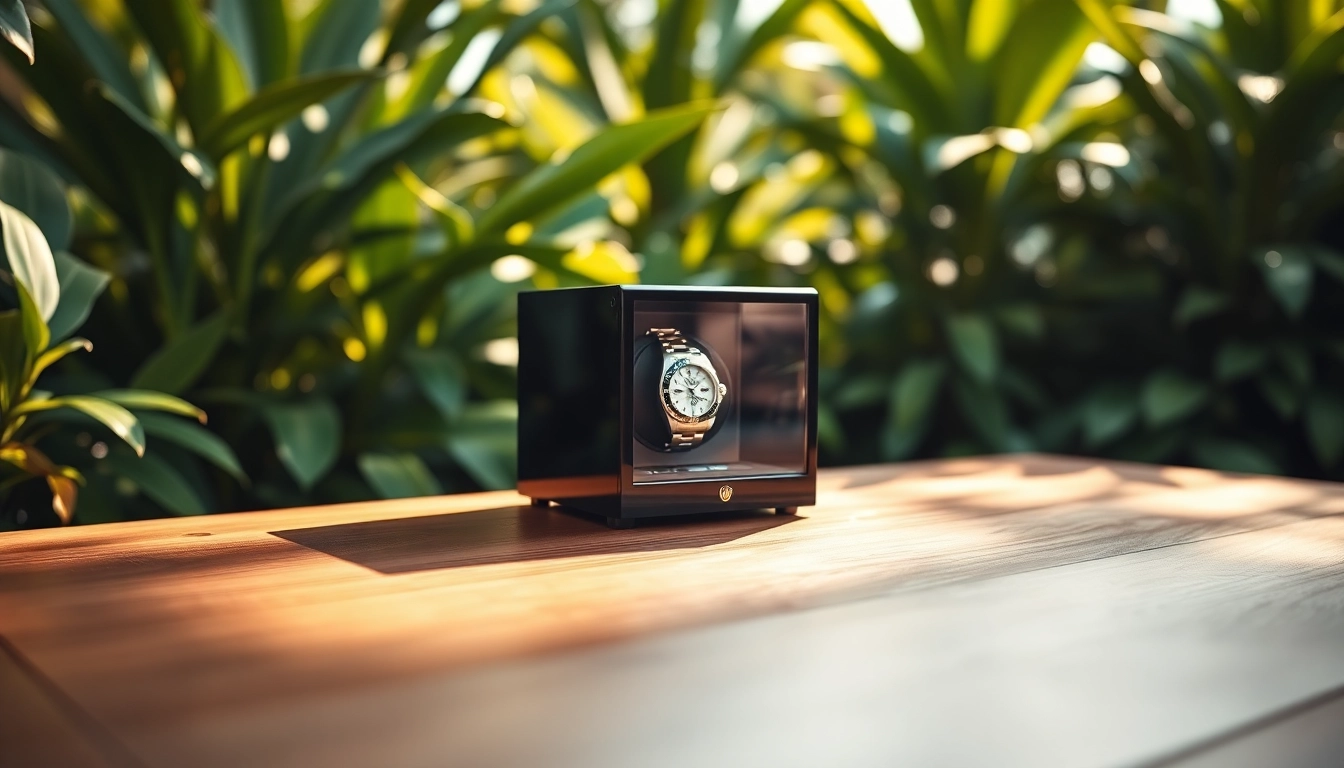Understanding Welding Jackets
What is a Welding Jacket?
A welding jacket is a specialized piece of personal protective equipment (PPE) designed specifically for professionals engaged in welding and related tasks. These jackets provide essential protection against the inherent risks of welding, such as sparks, spatter, and heat. Made from various durable and flame-resistant materials, welding jackets play a vital role in ensuring the safety of welders while allowing them to perform their duties with ease and confidence. The right welding jacket not only serves as a barrier against external hazards but also enhances overall comfort and flexibility during intensive work hours.
Importance of Protective Gear in Welding
The welding process involves intense heat and the potential for exposure to molten metal. Protective gear is fundamental in safeguarding welders from burns, cuts, and other injuries that could result from these hazards. Beyond just jackets, comprehensive protective attire includes gloves, helmets, and safety glasses, all of which are critical updates to the regulations and standards in occupational health and safety. The use of appropriate protective gear can significantly reduce the risk of workplace injuries, thereby enhancing both productivity and morale. Organizations that prioritize safety equipment often experience lower incident rates and better employee retention, making investing in quality welding jackets a sound decision for both workers and employers alike.
Types of Welding Jackets
Welding jackets come in various styles and materials, each tailored to specific types of welding applications and preferences. Below are the primary types of welding jackets widely available:
- Cotton Jackets: Often made from flame-resistant cotton, these jackets are comfortable and breathable, making them ideal for light to medium-duty welding. They offer good protection against sparks and limited spatter.
- Leather Jackets: Leather welding jackets provide superior protection and durability, making them suitable for heavy-duty welding applications. They are flame-resistant and can withstand high temperatures, although they can be heavier and less breathable than cotton alternatives.
- Hybrid Jackets: Combining materials such as leather and cotton, hybrid welding jackets aim to provide the benefits of both fabrics. They typically offer a balance of comfort, flexibility, and protection, making themfit for various work environments.
- High-Visibility Jackets: For outdoor and high-risk environments, jackets with high-visibility colors and reflective elements help improve visibility. These are crucial for safety in low-light conditions or busy job sites.
Key Features of a Quality Welding Jacket
Material Types: Cotton, Leather, and Hybrid Options
The choice of material is critical in selecting a welding jacket as it affects protection, comfort, and mobility. Cotton jackets are versatile and ideal for non-intensive work, whereas leather jackets excel in high-heat environments. Hybrid options provide unique advantages, often featuring leather on the sleeves for protection and cotton in the body for breathability. Each material has its pros and cons, and the ultimate choice should align with the specific demands of the welding tasks being performed.
Flame Resistance Ratings and Compliance
Quality welding jackets should meet flame resistance ratings that adhere to industry standards, such as those set by the American National Standards Institute (ANSI) and the National Fire Protection Association (NFPA). These ratings signify that the jacket can withstand specific flames and heat exposure, ensuring adequate protection for the wearer against welding hazards. A compliant jacket not only provides peace of mind but also helps employees align with safety regulations imposed by their employers and relevant safety authorities.
Design Elements for Comfort and Mobility
A well-designed welding jacket goes beyond just protection; it also emphasizes comfort and ease of movement. Key design elements to look for include:
- Adjustable Closures: Jackets with cuffs and waist adjustments allow for a customizable fit, reducing the risk of heat exposure or sparks finding their way inside.
- Ventilation: Designs that incorporate vents or breathable fabric panels enhance airflow, helping to manage body temperatures during extended wear.
- Increased Range of Motion: Jackets with articulated sleeves and ergonomic designs promote flexibility, allowing welders to maneuver their arms freely without restriction.
- Reinforced Stitching: Jackets with double or triple-stitched seams can offer increased durability, particularly in high-stress areas common during welding activities.
Choosing the Right Welding Jacket for Your Needs
Assessing Job Types and Working Conditions
Choosing the most suitable welding jacket requires an assessment of the specific types of welding you will be performing, along with the environmental conditions in which you’ll be working. For instance, heavy-duty welding tasks, such as those involved in pipelines or industrial applications, may necessitate a robust leather jacket, while lighter jobs may only require a cotton or hybrid option. Additionally, environmental factors like temperature, humidity, and the likelihood of wind can influence material choice, prompting welders to select jackets with enhanced breathability or insulation as needed.
Comparing Brands and Features
When selecting a welding jacket, it’s essential to compare various brands for their features, quality, and customer satisfaction. Renowned brands such as Miller, Revco, and Tillman offer various options, each with unique features catering to specific needs. Reading reviews or even participating in forums can give valuable insights into the reliability, comfort, and effectiveness of different brands. Look for jackets that have been well-reviewed by other welders in similar conditions as your own; their experiences can guide you toward a sound investment.
Size and Fit Considerations
The size and fit of a welding jacket directly impact comfort and safety. An ill-fitting jacket can lead to potential hazards if the fabric shifts during welding. It’s critical to consult sizing charts provided by manufacturers and, when possible, try on jackets before purchasing. A well-fitting jacket should allow freedom of movement while remaining snug enough to prevent sparks from entering. Many welding jackets are available in various sizes, including options designed specifically for women, contributing to a better fit for all welders.
Care and Maintenance of Welding Jackets
Cleaning Recommendations
The maintenance of a welding jacket is essential to prolong its life and effectiveness. Different materials require different care; for example, cotton jackets can often be machine washed, while leather jackets may need special treatment. Always refer to the manufacturer’s care instructions. Routine cleaning helps remove welding spatter and contaminants, ensuring that the fabric’s protective qualities are upheld.
Storage Tips for Longevity
Proper storage of welding jackets can significantly extend their lifespan. It’s advisable to hang jackets in a cool, dry place away from direct sunlight. Avoid storing them in damp areas, as moisture can lead to mold or degradation of fabric. For leather jackets, applying a protective conditioner periodically can prevent cracking and maintain suppleness. Additionally, washing off any residue after use helps prevent buildup that could compromise the jacket’s protective features.
Signs It’s Time to Replace Your Jacket
Even the best welding jackets have a finite lifespan. Signs that it may be time to replace your welding jacket include frayed seams, thin or burnt areas on the fabric, loss of flame resistance, or a significant accumulation of spatter that does not clean off. Regularly inspecting your jacket can help you catch these issues early, ensuring that you do not compromise safety while working.
Where to Buy Quality Welding Jackets
Comparing Prices Across Retailers
The market features various retailers offering welding jackets at different price points. It’s vital to compare prices across online and physical stores to ensure you receive the best value. Factors influencing price include the brand, material, and unique features of the jacket. While it may be tempting to opt for the lowest-cost option, it’s crucial to balance price with quality and safety—opt for jackets that meet industry standards to ensure the best protection.
Online vs. In-Person Shopping
Purchasing welding jackets online can provide access to a more extensive range of products and often better prices. Websites specializing in welding and safety gear frequently offer detailed descriptions and customer reviews, which can help inform your decision. Conversely, shopping in person allows you to try on jackets for fit and comfort, thus ensuring you get a product that feels right when worn. Some welders may prefer the tactile experience of trying equipment on before buying, which makes in-person shopping an attractive option.
Evaluating Customer Reviews and Ratings
To make a well-informed purchase, take the time to evaluate customer reviews and ratings for welding jackets. Online platforms provide insights from actual users who can share their experiences regarding comfort, durability, and protection. Look for patterns in feedback and common concerns—this real-world input is invaluable for making a decision. Be wary of products that lack reviews or ratings, as they may not have been on the market long enough for customers to assess their quality and performance adequately.



